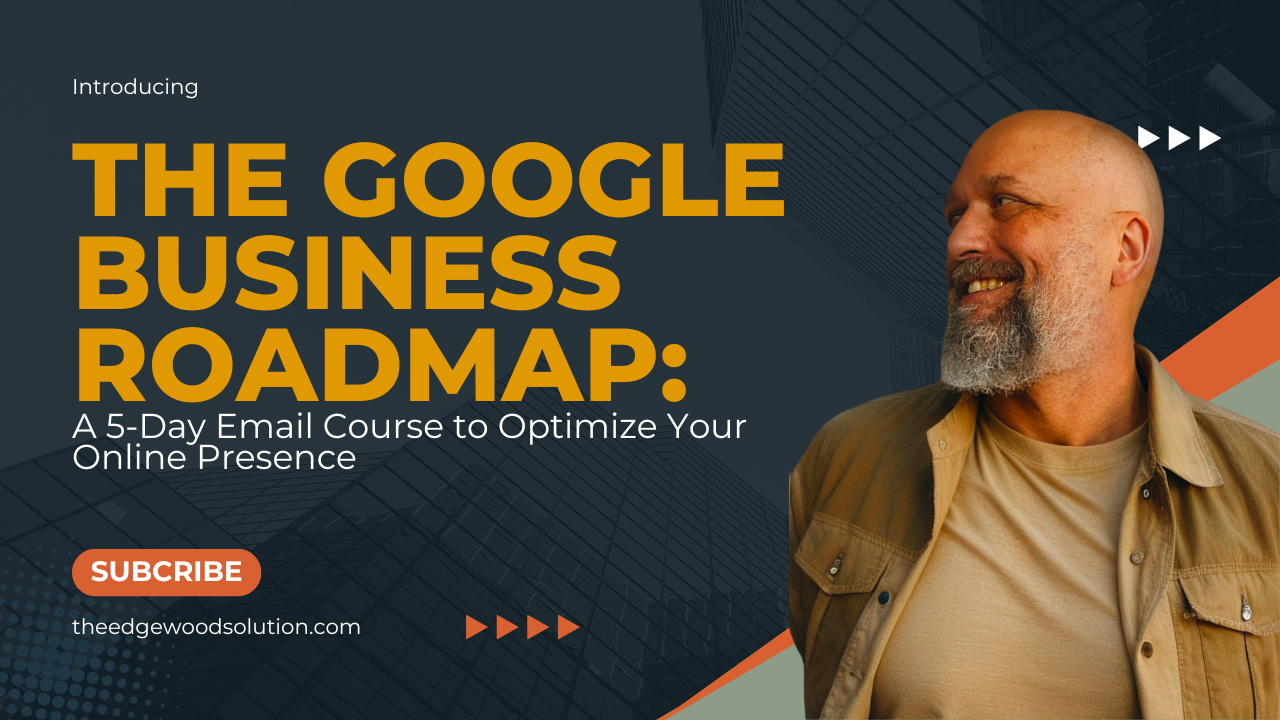Connecting with Your Audience Through Emotional Engagement
The Power of Emotional Connection

The Power of Emotional Connection
Why Emotion Matters
Emotions play a crucial role in how we make decisions. When we connect emotionally with a brand, it creates a lasting impression. This connection is what drives us to choose one brand over another. Emotional engagement goes beyond transactional interactions; it builds a relationship between the brand and the customer.
Emotional Marketing vs. Traditional Marketing
Traditional marketing focuses on features and benefits, often missing the more profound connection. Emotional marketing, on the other hand, taps into feelings, creating a more profound and lasting impact. By addressing the emotional needs of your audience, you can make a loyal customer base that feels understood and valued.
Strategies for Emotional Engagement
Storytelling
Storytelling is a powerful tool for emotional engagement. It allows you to share your brand's journey, values, and mission in a relatable way. Stories can evoke emotions, making your brand more memorable. They provide context and meaning, helping customers see themselves in your narrative.
Personalization
Personalization shows your audience that you see them as individuals. Tailor your messages to resonate with different segments of your audience. Use data to understand their preferences, behaviors, and needs. Personalized experiences make your audience feel valued and understood, fostering a deeper connection.
Customer Experience
Every interaction your audience has with your brand contributes to their overall experience. From the first touchpoint to post-purchase support, ensure that every aspect of their journey is positive and emotionally engaging. Provide exceptional customer service, anticipate their needs, and show appreciation for their loyalty.
Building Trust and Inspiring Action
Authenticity in Messaging
Authenticity is critical to building trust. Be genuine in your communication and stay true to your brand values. Transparent and honest messages resonate more deeply with your audience. Authenticity helps in creating a credible and trustworthy brand image.
Creating Emotional Triggers
Identify and leverage emotional triggers that resonate with your audience. These triggers could be related to joy, surprise, empathy, or nostalgia. Use visuals, language, and stories that evoke these emotions. Emotional triggers can inspire action, whether purchasing, sharing your content, or becoming a loyal customer.
Consistent Engagement
Consistency in your messaging and interactions is crucial for maintaining an emotional connection. Regularly engage with your audience through various channels. Provide valuable content, respond to their queries, and show that you care about their experiences. Consistent engagement keeps your brand top-of-mind and reinforces the emotional bond.
Measuring Success and Adapting
Key Metrics to Track
To measure the success of your emotional engagement strategies, track key metrics such as customer satisfaction, loyalty rates, and engagement levels. Analyze feedback from your audience to understand their emotional responses. Use these insights to refine and improve your approach.
Adapting Strategies Based on Feedback
Feedback is invaluable for adapting your strategies. Listen to your audience and be open to making changes based on their input. Continuously assess the effectiveness of your emotional engagement efforts and be willing to pivot when necessary. This adaptability will help you maintain a solid, lasting emotional connection with your audience.
Conclusion
Connecting with your audience emotionally is essential for building brand loyalty. Crafting messages that evoke feelings, build trust, and inspire action creates a memorable experience beyond product features and benefits. Emotions drive decision-making, so tap into this power to engage your audience and grow brand loyalty.




